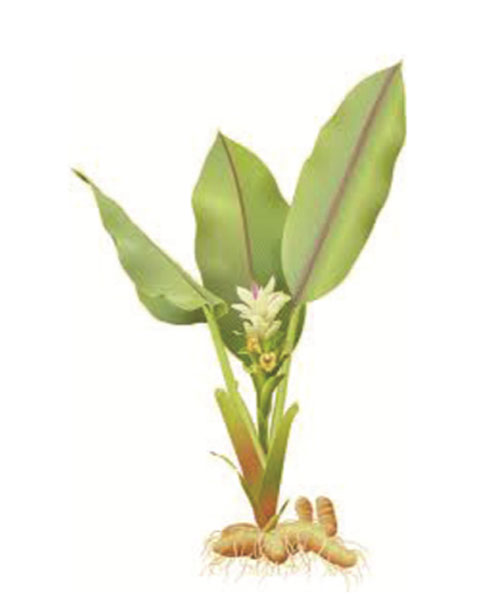WHAT IS THE HISTORY OF TURMERIC AND CURCUMIN?
- Turmeric is an ancient spice and a traditional remedy, known world over for thousands of years.
- It's health benefits have been described in the traditional Indian Ayruvedic and Chinese medicine largely because of its proven efficacy in treating conditions with inflammation.
- These ancient civilizations have vast experience with many different herbal remedies and food preparations and they selected "Turmeric" as a food additive and a major tool for medicinal use based on efficacy.
- Since 1900 BC numerous therapeutic activities have been assigned to Turmeric for a wide variety of diseases and conditions, including those of the skin, pulmonary, and gastro-intestinal systems, aches, pains, wounds and disorders.
- Marco Polo, writing about his travels in China, described Turmeric in the 13th century:
- The high degree of reverence for Turmeric is established by the fact that it is used in many cultures, each having its own name for the spice:
- Chinese Wong geung fun, yü chiu
- Finnish Keltajuuri
- French Curcuma saffron des Indes
- German Gelbwurz, Kurkuma
- Italian Curcuma Tumeric
- Indian haldee
- Japanese Ukon Circumin
- Russian Zholty Imbir
- Curcumin is the principle constituent of Turmeric (Almost 80-85 %)

